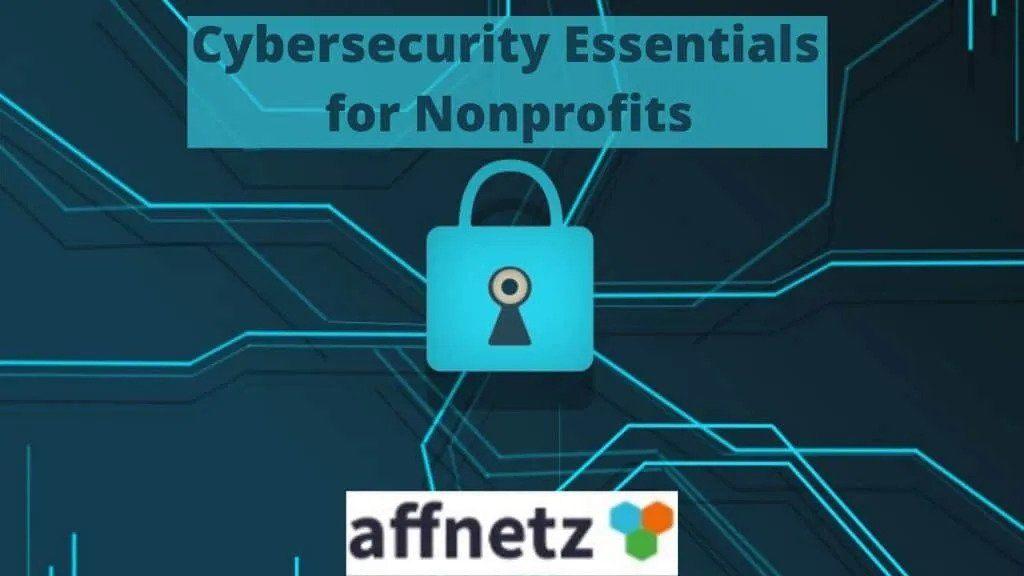Increasing Nonprofit Stakeholder collaboration is an essential component for achieving the organization’s mission. Staff, Volunteers and the Board of Directors all need to pull together to achieve objectives.
However, collaboration inside the organization can be hampered if the tools supporting this effort are weak or nonexistent. Among the types of tools the will support increasing Nonprofit Stakeholder collaboration are:
Messaging
While email shoulders the greatest communication load in an organization, Nonprofit Stakeholder collaboration benefits also from internal messaging. Often carried on in near-real-time, messaging can handle short, immediate-need communications. Coupled with the ability to attach files, messaging bridges the gap between longer e-mail exchanges and voice phone calls.
Task Management
Increasing Nonprofit Stakeholder collaboration frequently centers around getting tasks done more efficiently. When multiple people are jointly responsible for a task or set of tasks, efficient communication and coordination are essential. That means the organization must provide a way for sharing all the necessary information about the task including who is involved, their task responsibilities, deadlines and progress status.
Project Management
Organizational projects like events and fundraising campaigns clearly benefit from effective Nonprofit Stakeholder collaboration tools. The many moving parts of a project demand close coordination to ensure all responsible parties execute their assignments as specified and on time. This cannot happen unless there are tools to allow all parties to share complete information about the project and communicate effectively from start to finish.
Team/Committee Management
Organizations form teams or committees to get essential work done. Providing physical and virtual gathering places for these groups enhances their ability to achieve their assigned objectives. In the virtual version, the ability for teams to have a central storage place for documents and other files improves their coordination capability and efficiency.
Increasing Nonprofit Stakeholder collaboration can be achieved when teams are provided with tools like these to set them up for success.
Efforts to improve Association Member networking pay big benefits for an organization. One of the main reasons people join Associations is member networking. For example, Professional Associations allow practitioners who do the same type of work to meet together outside the organizations where they are employed.
To earn a paycheck, a professional may be one of few handling a specialty at an employer. Advancing skills and staying abreast of innovations in the field becomes challenging in that environment.
Aiming to improve Association Member networking makes sense since joining an Association brings professionals together to not only promote a particular field of endeavor but also to improve the skills and job prospects for individual practitioners.
Members expect an Association to provide networking opportunities. Therefore, organizations providing effective networking tools accelerate member engagement. Here are examples of such tools:
Member Directory
One way Associations can encourage networking is to provide communications tools to Members. One of the most basic tools is the Membership Directory. Beyond merely listing Members’ names, the Directory should seek to publish more in-depth information like:


